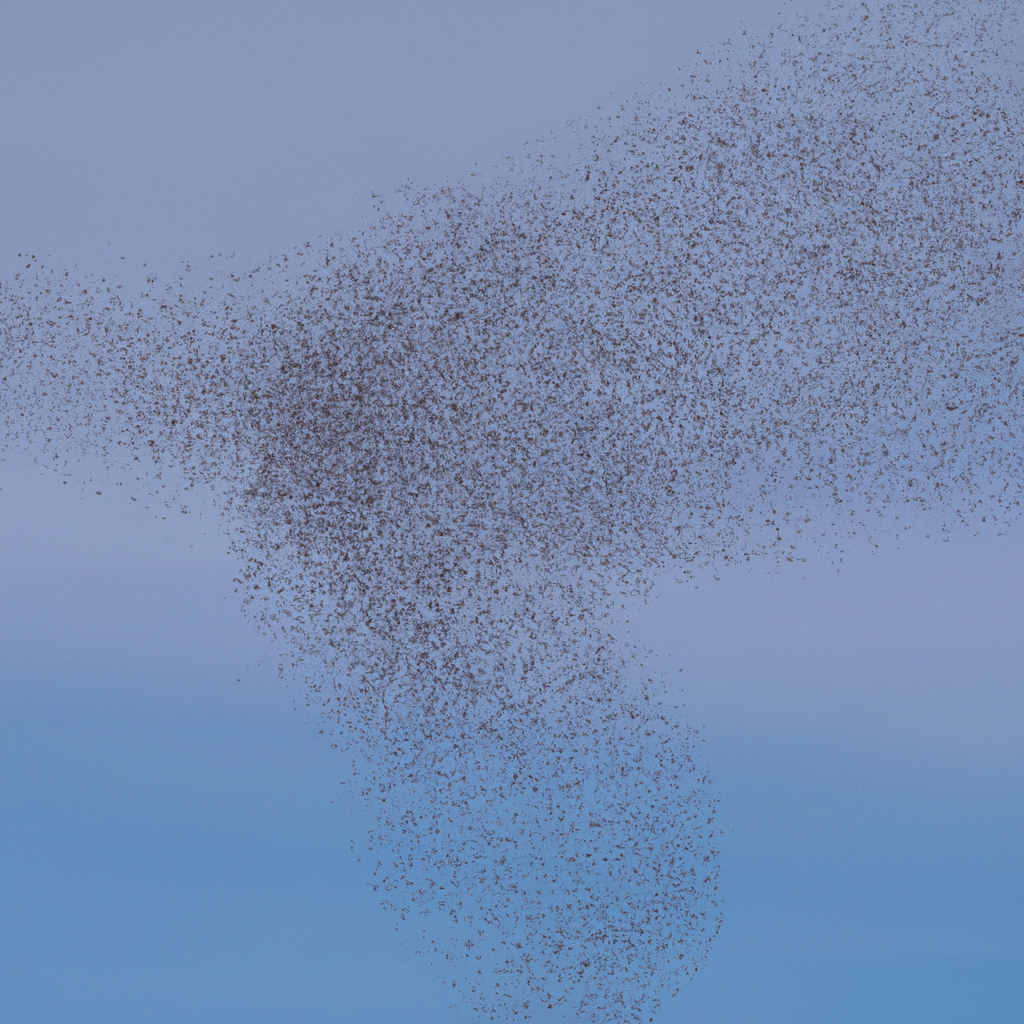Bird migrations are one of the most fascinating phenomena in the natural world. Each year, millions of birds travel thousands of miles across continents and oceans in search of food, breeding grounds, and suitable habitats. How do birds migrate? What are the patterns and routes they follow? How do they navigate such long distances? In this article, we’ll explore the intricacies of bird migrations, the factors that influence them, and the challenges facing conservation efforts.
What is bird migration?
Bird migration refers to the seasonal movement of birds from one place to another, usually between breeding and wintering grounds. Migration is a common phenomenon in many bird species, especially those that live in temperate or polar regions. Birds migrate to avoid harsh weather conditions, find food and water, and breed in suitable habitats. Migration is a critical part of the life cycle of many bird species, and it has a significant impact on their survival and reproductive success.
How do birds migrate?
Birds migrate through a combination of innate instincts and learned behaviors. They use various cues, such as the position of the sun and stars, the Earth’s magnetic field, and visual landmarks, to navigate their way across long distances. Some species also rely on their sense of smell to detect the location of food and water. The exact mechanisms that birds use to navigate are still not fully understood, but scientists believe that birds have a highly developed sense of spatial awareness and memory.
Bird migration patterns
Bird migration patterns vary between species, but they generally fall into one of two categories: regular or irregular. Regular migration occurs in a predictable pattern each year, with birds traveling to the same breeding and wintering grounds. Irregular migration, on the other hand, is less predictable, and birds may travel to different locations each year in response to changing environmental conditions.
Bird migration routes
Birds follow specific migration routes, known as flyways, that cover vast distances across continents and oceans. There are four major flyways in the world: the Pacific, Central, Atlantic, and East Asian-Australasian flyways. Each flyway has its unique characteristics, and birds follow these routes to take advantage of favorable winds, food availability, and other environmental factors.
Bird navigation
Birds use a variety of methods to navigate their migration routes, such as the position of the sun and stars, the Earth’s magnetic field, and visual landmarks. Some species, such as homing pigeons, are known to use their sense of smell to navigate. The exact mechanisms that birds use to navigate are still not fully understood, but scientists believe that birds have a highly developed sense of spatial awareness and memory.
Bird conservation
Bird migration is facing many challenges, such as habitat loss, climate change, hunting, and pollution. Conservation efforts are critical to protecting bird species and their habitats, and many organizations around the world are working to protect and conserve migratory birds. Bird watching is an essential activity that can help raise awareness of bird conservation and contribute to scientific research.
Bird migration season
The timing of bird migration varies between species and regions, but it generally occurs during the spring and fall. During the spring, birds migrate to their breeding grounds, where they mate and raise their young. In the fall, birds migrate to their wintering grounds, where they spend the winter months.
Conclusion
Bird migration is one of the most remarkable phenomena in the natural world, and it offers us a glimpse into the complexities of the animal kingdom. Understanding how birds migrate, the patterns and routes they follow, and the challenges facing conservation efforts is critical to protecting and conserving migratory birds. Bird watching is an excellent way to appreciate the beauty and diversity of bird species and contribute to scientific research. Let’s work together to protect and conserve these amazing creatures for future generations.







